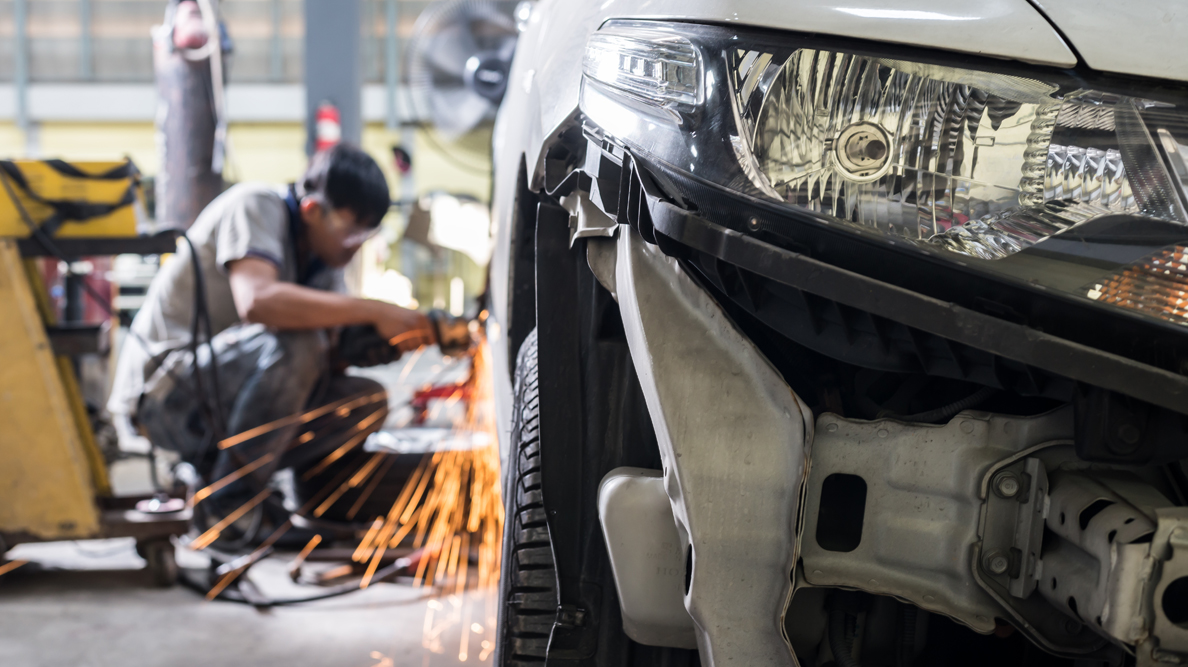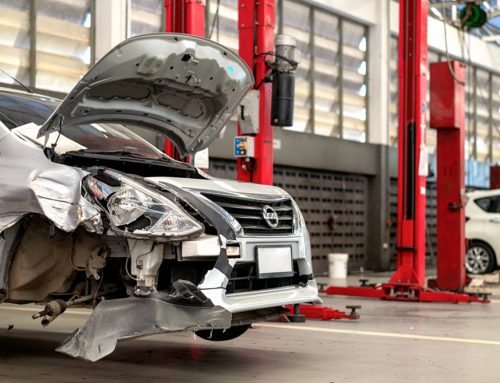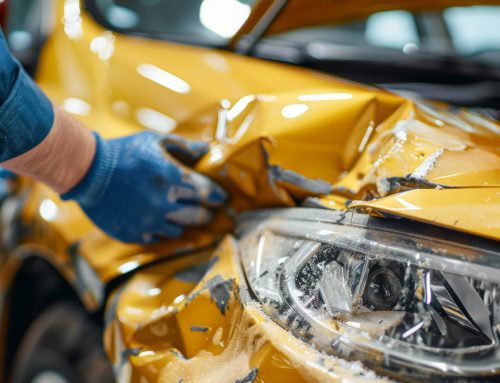Here’s the first article of our series dedicated to waste impairing productivity in collision shops.
Overproduction is often considered the most serious of the seven types of waste in Lean methodology, as it has the potential to lead to the other waste types – waiting, transportation, poor quality, motion, unprocessed inventory, and inefficient operations.
In collision shops, this mainly takes place in work-in-progress (WIP) management. So crucial is this subject that we dedicated a special place to it in our seven golden rules of planning, and an article on its detrimental effects on productivity and profitability.
Customer pressure and waiting times can push shops to accept more work than they can handle. This perception of a “full yard” is often seen as protection against lack of work. However, the most successful shops are usually not short of work. Their reputation for quality work, customer satisfaction and meeting commitments naturally attracts customers.
Taking on extra work, badly fitted into the schedule, is expensive. Not only in terms of financial inefficiency for the shop, but also in terms of slower customer service and reduced satisfaction.
Even the best-performing collision shops, those that pay hourly and are incredibly efficient, are not immune to overproduction. These shops, often leaders in best practices, observe a decline in productivity beyond a certain threshold, generally between 170 and 190 hours of productivity. They become so efficient that they inadvertently recreate bottlenecks similar to those they managed to eliminate in the past.
Ultimately, overproduction is a trap into which even the most experienced collision shops can fall. Managing work-in-progress with wisdom and discernment is crucial to maintain optimum productivity and high customer satisfaction.
—
Author: Alexandre Rocheleau
Translation and editing: Krystel Henley-Rocheleau





